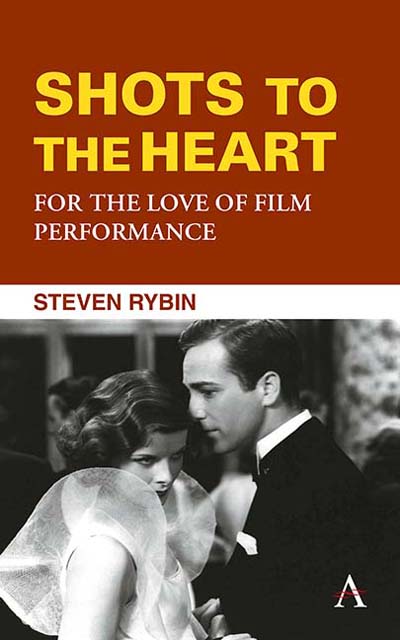Summary
Everything about falling for an actor seems obvious. But nothing about it is.
A film lover knows when it happens: the heart beats faster, fluttering alongside the undulations of an actor's gestures, movements, voice. These feelings have parallels in experiences outside the cinema, in everyday lives, when someone's way of moving and speaking fascinates or beguiles. The eye knows intuitively when it is charmed—every eye has its types, people who enthrall and surprise, in films as in life. This is not only pleasure. In the cinema, at least, it also involves labor. An actor toils to achieve a performance, and filmmakers work to arrange and orchestrate the actor's effort through mise en scène, framing, and cutting. The actor isn't doing it alone, even as she sometimes seems to be—during those moments of viewing when she overtakes the composition of the film, becoming its dominant, and most human, motif. An actor's overtaking of an eye is an enchantment. And it is the result of a process of behind-the-scenes craft to which the viewer is not directly privy. Putting words to paper to think about performance is also creative work, which may contain in response to the actor's charms some fresh discovery within the viewing self. That lightning flash of sudden affection—fleeting and intense—that a performer in the art of cinema impresses into thought is the subject of this book.
Even actors a viewer knows well can mesmerize in freshly dizzying ways, repeatedly. And this vertigo can be provoked by a very simple movement— an actor's way of entering.
At the beginning of George Cukor's 1932 film A Bill of Divorcement, Katharine Hepburn, in her first screen performance, declares her presence, in tandem with a camera that will make clear it knows how to present her. Her command of the screen is especially memorable in Cukor's cinema. In the opening sequence, Cukor begins with a high-angle traveling shot that sweeps gradually over the ground floor of a comfortably accommodated family home. A handsome man (David Manners) is walking through this room, searching. He stops—the camera stopping momentarily with him— at this sofa, and then that table, finding chattering and dancing society people but not the one for whom he pines.
- Type
- Chapter
- Information
- Shots to the HeartFor the Love of Film Performance, pp. 1 - 6Publisher: Anthem PressPrint publication year: 2022



